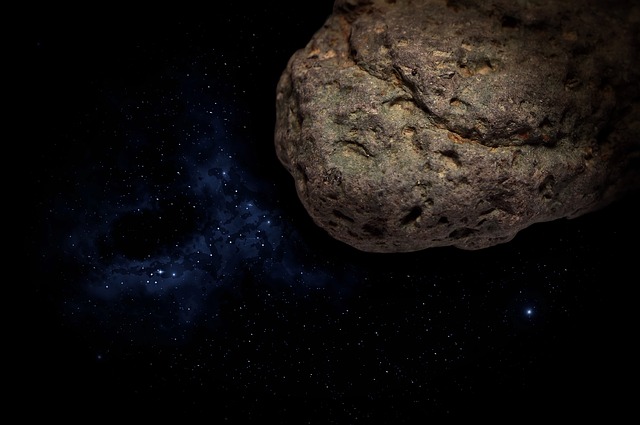A new NASA mission called OSIRIS-REx intends to use an invention inspired by the Solo cup to grab asteroid dust that will potentially explain the origins of life.
The mission, which stands for Origins, Spectral Interpretation, Resource Identification, Security-Regolith Explorer, is set to launch next month. The $800 million project intends to put an unmanned spacecraft to a nearby asteroid named Bennu and collect 4.5 billion-year-old space dust. The dust is expected to reveal how the building blocks of life, such as carbon and ice, reached the Earth, Phy.org reports.
Dante Lauretta, the principal investigator on OSIRIS-REx from the University of Arizona, says,
We seek samples that date back to the very dawn of our solar system.
The spacecraft will launch on September 8 on an Atlas V rocket from Cape Canaveral Air Force Station, Florida. The size of an SUV, this spacecraft is set to return with its load of asteroid dust in 2023.
The goal of the mission is not to land on the asteroid but approach it as closely as possible and “high-five” it for a few seconds to collect debris that scientists can study back on Earth.
The main problem with this was that because there is zero gravity, any device might scatter instead of gather dust.
Jim Harris, a Lockheed Martin Engineer, solved the problem using a plastic Solo cup. He practiced the reverse-vacuum concept by piercing the cup with holes and placing it upside down on the ground. Harris then used an air compressor to blow through the base f the cup, and what dirt came out of the holes was collected in a second container.
Harris called this Muucav — vacuum spelled backward — but the invention’s final name is TAGSAM for the Touch and Go Sample Acquisition Mechanism.
The TAGSAM will now be used in the asteroid mission, designed to collect at least 60 grams o 2.1 ounces. It can gather more, as tests show it can pick up an average of 300 grams.
The dust sample won’t be taken until 2020, giving the spacecraft and scientists enough time to select the best region for the job.
“OSIRIS-Rex is bringing back samples that are closer to home and are probably the likely candidates that delivered these key, prebiotic compounds to our Earth,” Lauretta says.
NASA chose Bennu because of its size, its close distance and its carbon-rich dust formed from billions of years, says Christina Richey, an OSIRIS-REx deputy program scientist.
“We are talking about the start of the formation of our solar system,” she said. “Maybe the precursors to life on Earth or elsewhere,” Richey says. “Bennu is currently the best understood asteroid not yet visited by a spacecraft.”
The asteroid is taller than the Eiffel Tower, measuring 500 meters in diameter, and passes by the Earth every six years.
























